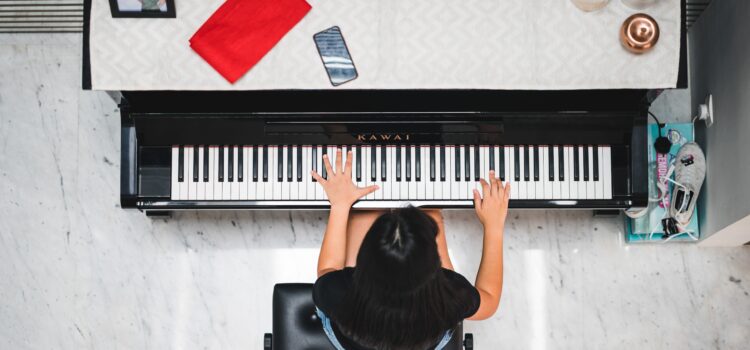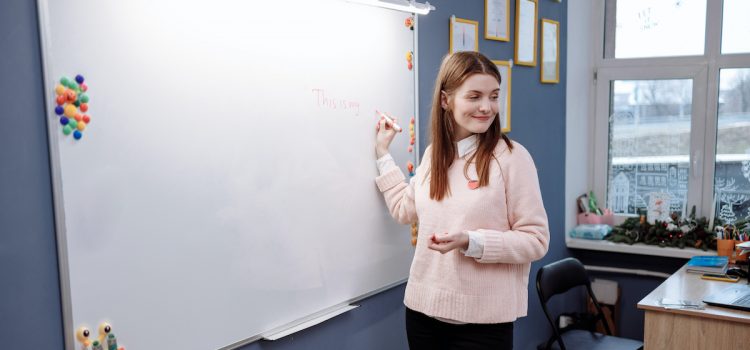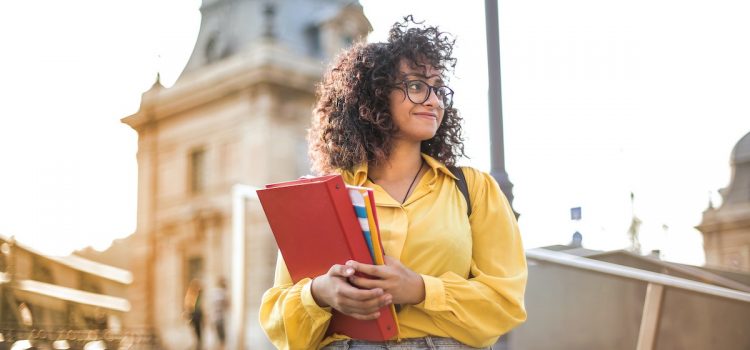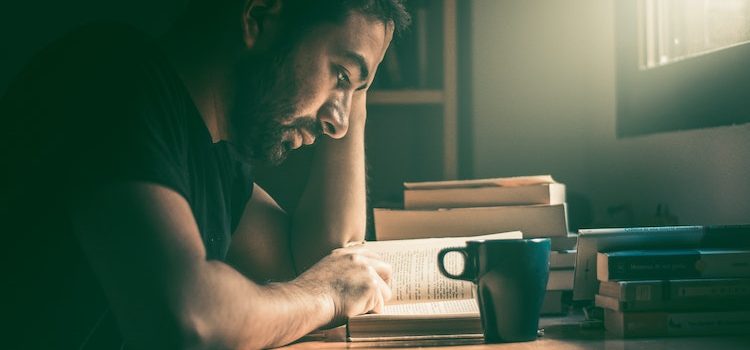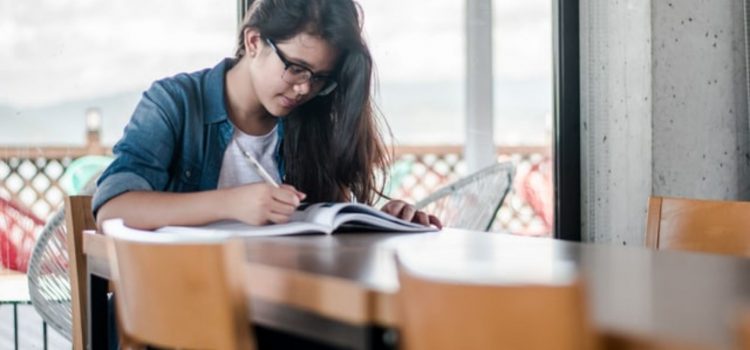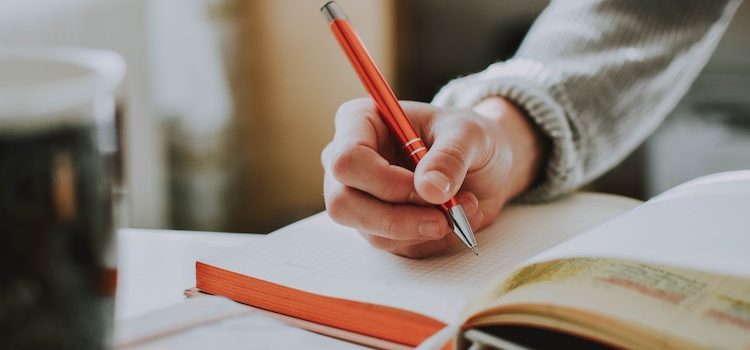When practicing, which is more important—quality or quantity? When should you sleep in relation to your practice time? How much practice should you fit into one day? In The First 20 Hours, skill acquisition expert Josh Kaufman outlines a step-by-step process for mastering the basics of any new skill with only 20 hours of practice. He provides several tips designed to help you get the most out of those 20 hours. Keep reading to get Kaufman’s advice on leveraging the 20-hour rule of skill acquisition.
The 20-Hour Rule: Josh Kaufman’s 7 Tips for Practicing a Skill
